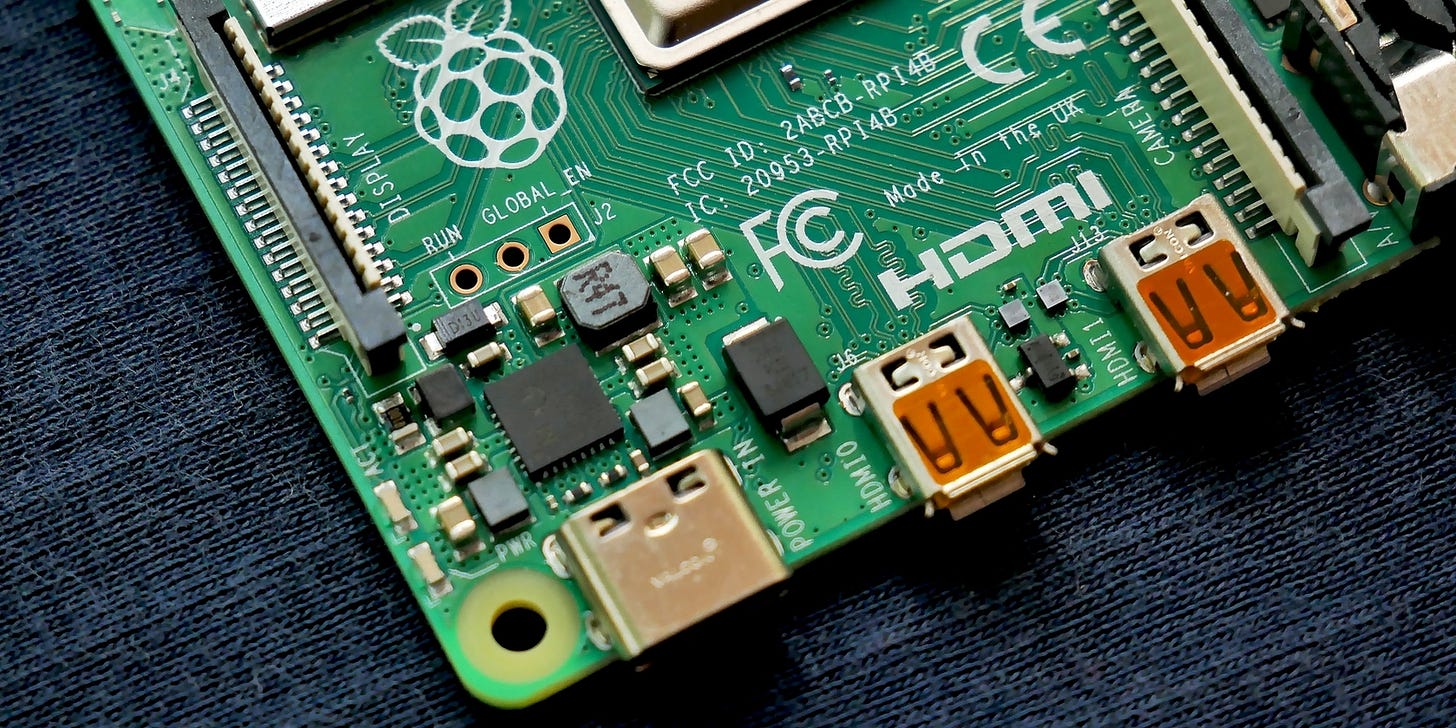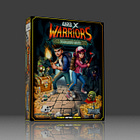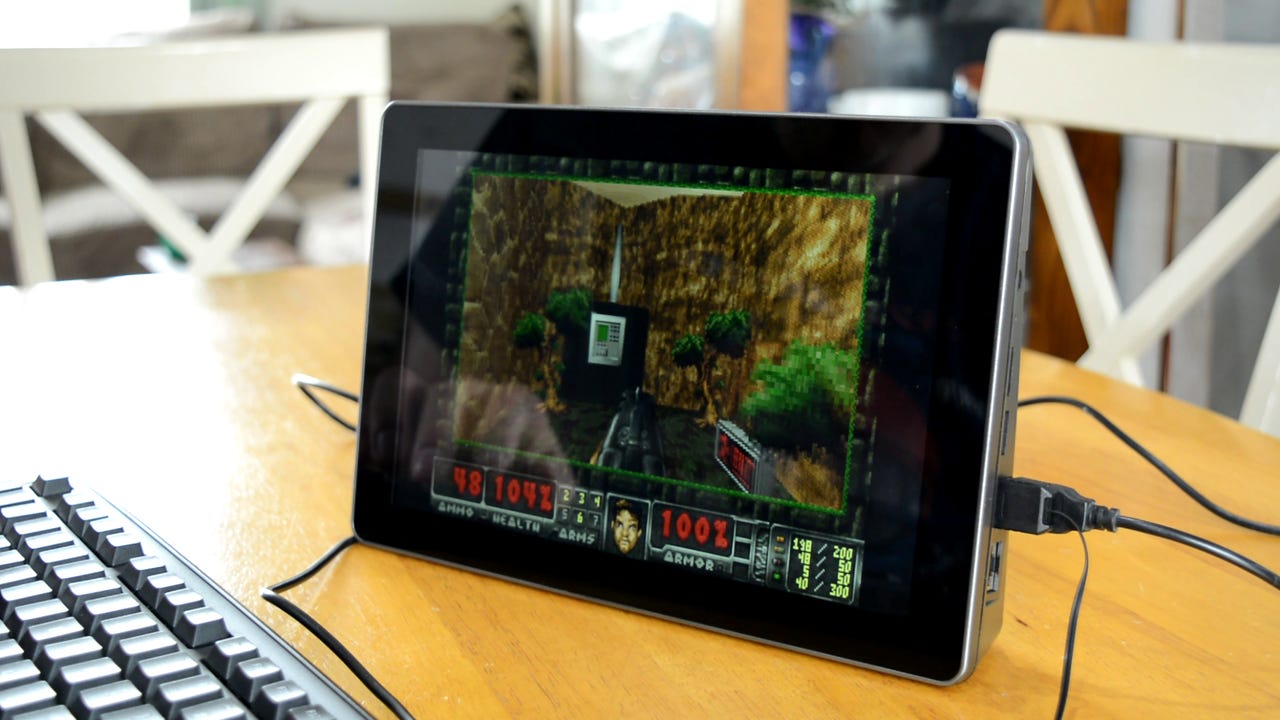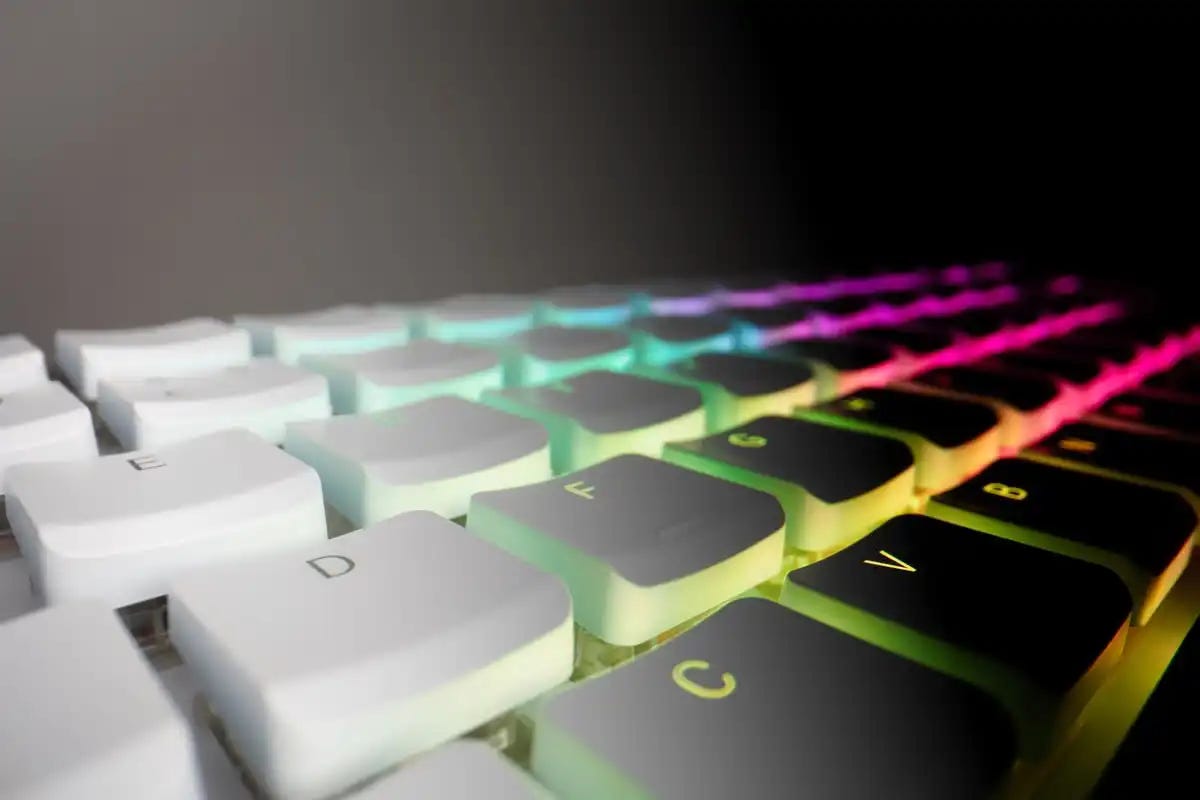How the Raspberry Pi changed retro gaming
A cheap single-board computer revitalised classic games at just the right time.
Welcome to the first weekly Gaming Retro newsletter to be sent via Substack. For most of you, this won’t make any difference, although you will have noticed a change in the layout.
For me, it makes things much simpler, and more streamlined. This is a far easier way to write, and supports media embeds, which the old newsletter platform did not.
This week, I’m looking at the impact of the Raspberry Pi on retro gaming, following the arrival of the Raspberry Pi 500+. You will find the article on the website later in the week, but for now, it’s here, for an exclusive first-read for newsletter subscribers.
As ever, I’m also bringing you the latest retro gaming news updates from Gaming Retro, and a status update on the Patreon.
Latest retro gaming podcast
If you haven’t already listened, my chat with Stoo Cambridge (Sensible Software, UrbX Warriors) can be found on Spotify, Apple Podcasts, all the usual places you find podcasts… and right here!
How the Raspberry Pi changed retro gaming
One of the driving forces behind the explosion in retro gaming over the past decade is the Raspberry Pi.
This simple and affordable series of single-board computers (also known as SBCs) has revolutionized retro gaming by making it accessible, affordable, and customizable. From emulating classic consoles to inspiring DIY projects, the Pi has become a cornerstone of retro gaming.
I’ve been using the Raspberry Pi since the release of the original model B, and have built several retro gaming systems with it, whether using bare metal emulation or RetroPie, Recalbox, and other emulation stations.
Making retro gaming accessible
Before the Raspberry Pi, emulation often required an expensive desktop or laptop computer. The Pi simplified this by allowing users to emulate NES, SNES, PlayStation, and DOS games on a single device.
The original Pi cost around £30… the first Pi Zero was given away free on a magazine. These affordable mini computers are easy to use, and opened the door for a new generation of gamers to experience classic titles.
DIY consoles and computers
The Pi didn’t just emulate consoles—it inspired enthusiasts to recreate them.
Console-shaped cases, portable mini consoles… the Raspberry Pi unleashed creativity, letting users build their own systems, often with modern enhancements.
Operating systems like RecalBox and DOSbian made retro gaming on the Pi into an almost “turnkey” experience. Users could boot directly into a library of games, from arcade classics to DOS titles, without complicated installation.
The Pi’s versatility meant one device could serve as a console, a PC emulator, or a mini arcade cabinet.
Reviving classic PC games
The Pi also brought classic PC games back to life. Tools like DOSBox and ScummVM allowed users to run vintage software smoothly. The Pi became a tool for game preservation, keeping software history alive in a portable format.
From Pi Zero handhelds to Pi 400 desktop builds, the Raspberry Pi let players take retro gaming anywhere. Its compact design encouraged creativity, whether users wanted a small TV-based arcade setup or a pocket-sized gaming console.
You can use it as a Commodore 64, a ZX Spectrum, an Amiga, a classic DOS PC, even an Acorn Archimedes.
Enter the Raspberry Pi 500+
Building on the success of the Pi 400 and Pi 500, the Raspberry Pi 500+ was introduced this week as the premium model in the range, an all-in-one PC.
Priced at $200, it features a mechanical keyboard with RGB lighting, 16GB of RAM, and an M.2 SSD slot. This upgrade adds enhanced performance and customization options, appealing to retro gaming and retro computing fans looking for a more powerful solution, while keeping costs down. And the RGB adds a stylish element, I think.
Raspberry Pi to 500+
It’s been around for over a decade now, and the Raspberry Pi has had a huge impact on retro gaming. This has gone beyond emulating old games, too — retro gaming has become accessible, and the Pi has contributed to the growth of various DIY communities.
A nostalgic take on computer development, a British company, and modern technology have combined, and the result isn’t just that classic games have become easier to play — the ethos of the Pi has directly led to people discovering (or returning to) programming and creating their own “neoretro” titles.
If you haven’t tried a Raspberry Pi for retro gaming, the Raspberry Pi 500+ is the perfect entry point!
This week’s retro gaming news
Here are the articles you should have already read this week:
Also, look out for two new guides (admittedly for more recent titles, but certainly not games published in the last decade):
Rust: What makes a great multiplayer experience beyond the basics
Overwatch: 6 team compositions that can carry you to victory
Game over!
That is all from me for this week. I’ll be launching a leaderboard and benefits for sharing the newsletter in a few days’ time, so look out for that, as it comes with some nice bonuses.
Meanwhile, if you want to go deep on some retro projects, the Raspberry Pi 5 retro DOS computer and BBC Model B revival are both under way on our Gaming Retro Patreon.
Catch you next time!
Christian






